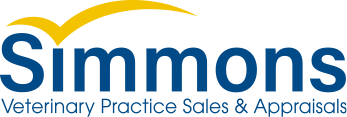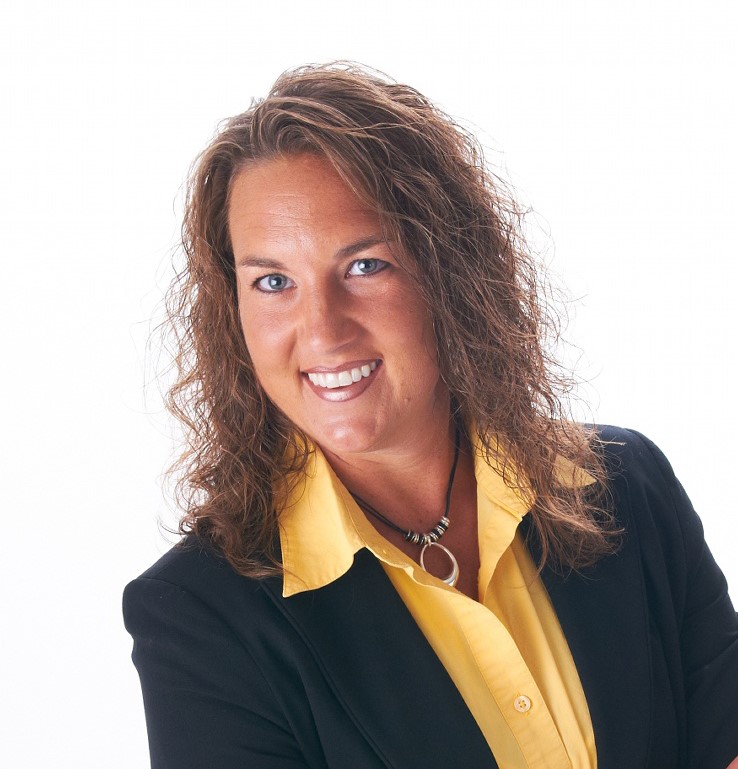As the owner of two Simmons territories, the Northwest and Midwest, my team and I cover a total of 13 states. Nearly all of our clients are telling us they are the busiest they have ever been. Many are reaching capacity. They tell us they could see more clients and grow revenue if only they had more doctor hours available.
Some of the increase in patient visits is COVID-related. Hospitals are still catching up from the backlog for when businesses were shut down. Others find they are not as efficient and simply cannot see as many patients in a day with curbside service, which causes appointments to be booked out further into the future.
We also know that many people brought new pets into their homes during this time. Some may say the revenue uptick related to this will taper off. However, acquiring a pet is a long-term commitment for most people. Spay and neuter surgeries may drop back down. Still, there is now a higher volume of pets per household, which equates to a higher demand for services, thus growing hospital revenue over these pets’ lifetimes.
The Issues: Exhaustion and Reaching Capacity
There is a shortage of veterinarians in our country, and this is not a short-term issue. Many retiring doctors are accustomed to working 60-70 hours per week, while the younger doctors prefer only to work 30-40 hours/week to enjoy other parts of life. Neither is right or wrong. It is simply a difference in generations. This means it is taking two younger doctors to replace each of the retiring veterinarians. Couple this with the volume of baby-boomer veterinarians retiring over the next decade, and we have a long-term issue.
Nearly all of our clients are saying things like:
- “We are short a doctor(s).”
- “If we only could find another doctor to hire, our revenue would be even higher.”
- “We’ve been running ads to hire a veterinarian for months and haven’t even received a resume.”
- “Do you know of any doctors we can hire?”
- “We are turning away all new clients. We just can’t handle anymore.”
- “We have a doctor we would fire, but we know how hard it is to find a replacement, so we just deal with him/her.”
- “My team is exhausted. I just can’t ask them to do anymore. We need more help.”
Exhaustion is the result of being short on doctors.
The doctors you do have, and often the staff too, are doing everything they can to keep up with the demand. You need to be careful not to push your employees too much. The job market is definitely in their favor. If they don’t like their current work environment, they could likely find a new job tomorrow.
Reaching capacity is another result of this shortage.
You and your team only have a certain number of hours where you can see patients. There need to be limits so everyone, including you, will have adequate time to relax and recuperate. This is essential for you and your team to put forward the best performance come the next shift. When people are exhausted, this is when mistakes happen. This could mean death or a lawsuit in our industry, both of which you obviously want to avoid.
Unfortunately, the shortage of doctors does not have a short-term solution, so hospital owners are going to have to adjust to this “new normal.”
Solutions
The good news is that you can use this “reaching capacity” situation to your benefit.
Be Selective
You can be selective of which clients you wish to take on and which you don’t.
You have the opportunity to work with your “ideal” clients versus all clients. You want to build relationships with the clients who choose to work with you because they see the value you bring to them and their pets. Work with your team to define your ideal client. Start eliminating clients that don’t meet your definition to open space for those who do.
A good system may be to label your clients as A-Level, B-Level, and C-Level clients. Pay attention to where the bulk of your revenue is generated. The Pareto Principle states that 80% of your revenue comes from 20% of your clients. Place your focus on this 20%. Be sure to keep them happy by providing value and excellent service. In this labeling system, keep in mind sometimes the revenue may not be worth it. You could have a client that spends a great deal of money at your hospital, but your entire team hates dealing with this client. This disqualifies them from being an “ideal” or A-Level client. It also leads to my next point.
You can “fire” the clients your team dreads every time they walk in the door. Let each of your team members fire one client that gets under their skin. You will be amazed by how much your team admires you for doing this and appreciates you for letting them participate! The morale in your hospital will improve.
Increase Fees
Most of you have a fear of losing clients if you increase your fees. This is often a false fear, but if you lose clients, they are likely your lower tier, C-Level, clients who only care about price and not the quality of service you provide. Let them go! Make room for your ideal clients!
Let’s say you go to the doctor for a routine visit and your bill is $100. You go back 12 months later for the same routine visit, and your bill is $105. Are you going to notice? Probably not, but if you do notice, are you going to complain about it? I doubt it. This was a 5% fee increase. Don’t be afraid to raise your fees. If you are at capacity, you can reasonably increase fees by 5-10% across the board. It is simple economics– when demand is high, prices increase.
Realize that the concept of “higher demand equals higher prices” applies to compensation as well. You may have to pay higher wages to attract and retain great talent. For your hospital to be well managed and financially healthy, you will have to increase revenue to support the increased labor costs.
Support staff compensation, or gross wages, in a small animal hospital should be about 20% of revenue. In mixed and large animal hospitals, it will be considerably less depending on the hospital’s structure. General small animal practitioners should earn 20-22% of their revenue production as gross wages. Their combined wages and benefits should not go above 25% of their production. We have one client who just hired a small animal veterinarian at an annual salary of $150,000. The client felt she had to pay this just to get someone! Using 20% of production, this doctor is going to need to generate $750,000 ($750,000 x 20% = $150,000) in revenue to pay for themselves. This is not a small feat for many doctors. The average full-time veterinarian generates around $500,000 in revenue per year. Increasing fees will result in increased revenue production, which will be needed to support this compensation.
Sell at Your Peak
If you are at capacity and see that the doctor shortage issue is not going to be resolved in the short term, you may have peaked with your hospital. As the saying goes, “buy low and sell high.” Now might be the best time for you to sell.
We have seen many clients who retired before they sold their practice. What do I mean by this? They started reducing their hours, their energy declined, and the practice performance declined right along with it. Therefore, they end up selling for much less than they could have just a few years prior.
We have also had clients who kept holding on to ownership only to find themselves with serious medical issues, which directly affected the hospital’s value. We have a couple of clients right now who are trying to sell because the owner veterinarian became unexpectedly ill or sadly, passed away. Don’t hold on too long! At least have a succession plan in place.
The prices (multiples) offered by the corporate purchasers have never been higher. How long will these offers last is the magic question? Another news headline regarded a large corporate consolidator buying out a smaller consolidator. This is likely going to be a trend in the upcoming months. Fewer corporate purchasers in the marketplace equal less competition, and less competition equal limited negotiating power and lower offers.
Contact your Simmons representative to have them determine the current value of your hospital and coach you on what the selling market looks like for you. Now may be the best time for you to sell at your peak.
Life Is Most Important
While growing your hospital may be one of your top goals, don’t lose sight of what is most important in life. There is more to life than work and this goes for the owner and the staff. We already have enough trouble with mental illness and suicide in our industry. Don’t let running at overcapacity for an extended period be an additional contributor. Pay attention to your team. Are they complaining that they are tired? Are they constantly working overtime? Are you experiencing staff turnover? Are their families complaining because they are never home? Is your family complaining for any of these same reasons? Are you missing your children’s events? These are all signs you and your team are being overworked. When a day of your life is gone, you can never get it back. Make your life and your team’s lives a priority overseeing “just one more” patient.
Keep this in mind: We work to live. We don’t live to work.
By: Nikki Nitz, CPA, CMA



